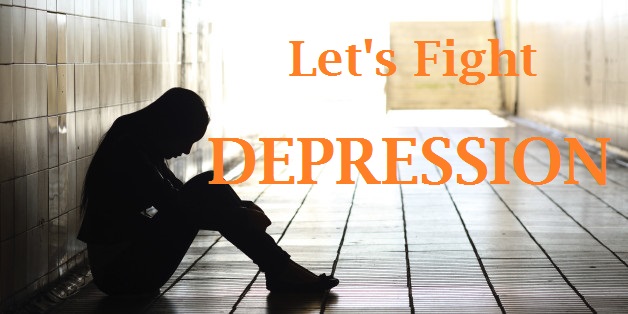Hiv test
For Low-Risk people, a positive result from an HIV TEST is wrong
half the time.
Although a lot of progress has been made in improving the length and quality of life for people with AIDS, getting a positive result from an HIV test must still rank as one of the worst pieces of news a person can get.
It’s not uncommon for people to kill themselves right after hearing the results, and those who don’t commit suicide surely go through all kinds of mental anguish. But the accuracy of these tests is lower than generally believed. In fact, if you test positive but you’re not a member of a high-risk group (such as non-monogamous gay men and intravenous drug users), the odds are 50-50 that you actually have the virus.
To be declared HIV-positive, your blood goes through three tests — two ELISA tests and one more sensitive and costly Western Blot test. Makers of the tests trumpet a 99.99 percent accuracy rate when all three are used. Many AIDS counselors even tell people that the tests never give a false positive (that is, the tests don’t indicate that someone is HIV-positive when he or she really isn’t).
The test manufacturers’ claim is misleading, and the counselors’ claim is flat-out BS. Cognitive scientist Gerd Gigerenzer — who specializes in risk and uncertainty — explains the reality in plain English:
Imagine 10,000 men who are not in any known risk category. One is infected (base rate) and will test positive with practical certainty (sensitivity). Of the 9,999 men who are not infected, another one will also test positive (false positive rate). So we can expect that two men will test positive.
Out of these two men, only one actually carries the virus. So, if you’re a low-risk man who tests positive, the chances are even — the same as a coin flip — that the result is right. It’s highly advisable that you take the tests again (and again). The results are even less reliable for women in low-risk groups, since they have a still lower rate of HIV.
Of course, this doesn’t apply to an HIV-negative result. If you test negative, the odds are
overwhelmingly good (9,998 out of 9,999) that this is correct. It also doesn’t hold for people in
high-risk categories. For example, if we accept the estimate that 1.5 percent of gay men are HIV-positive, this means that out of every 10,000, an average of 150 are infected. An HIV test will almost surely pick up on all 150, and out of the remaining 9,850 uninfected men, one will incorrectly be labeled positive. This means that only one out of 151 gay men will be falsely diagnosed as having HIV A false positive is thus still possible but much more unlikely.
Have a nice day, manager.




Voice of the people